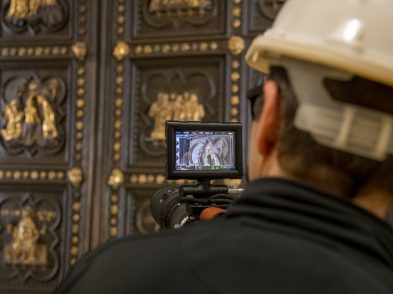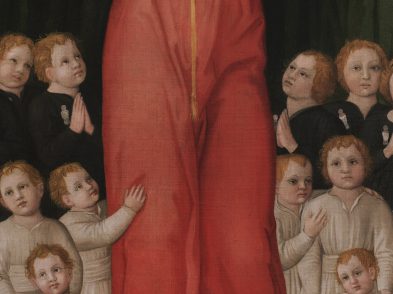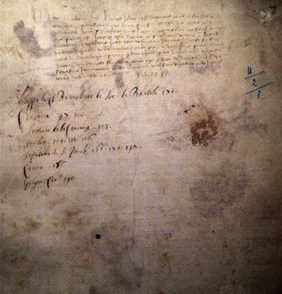Filmmaker David Battistella moved to Florence from Canada earlier this year to pursue his dream: writing and producing a feature film based on Ross King’s 2000 book Brunelleschi’s Dome, about the life of Filippo Brunelleschi and the building of Florence’s cupola. This column, which began with TF 149, chronicles Battistella’s pursuit of his dream, including anecdotes of his new life in Florence and his efforts to finance and launch his ambitious project. He also shares his experience of being a ‘reverse immigrant,’ an Italian born abroad who returns to an Italy that is vastly different from the one his parents left in the 1950s.
Fillipo Brunelleschi was a genius. There is no doubt about it. Very little is written about him, so it’s hard to get beyond the ‘stories’ and find out what the man was really like. So many interesting threads need to be examined and, strand by strand, he appears and disappears, a ghost that is left in our memory.
In my quest into Brunelleschi’s mind, I discovered that he was a goldsmith who began to apprentice at the age of 14 in a Florentine bottega (workshop), where he learned how to design and mold metal. At the time, the larger artisan workshops were in all in proximity to the church of Santa Maria del Fiore and Opera del Duomo. The piazza was a hotbed of creative activity and people who worked with their hands.
Why this concentration of creativity? Well, for a very practical reason: because that’s where the money was.
Brunelleschi enrolled as a goldsmith in the silk guild: goldsmiths used to create the fine silver and gold threading for silk tapestries. Wanting to learn more, I went on a journey into modern Florentine streets not far from piazza Duomo.
Within a few hundred meters I came across the shop of Paolo Penko, a Florentine goldsmith. Trained in the art of goldsmithing, Paolo, like many before him, began learning the art when he was just a teenager. I rang the bell outside his shop and found a friendly Florentine face and, with him, his teenage sweetheart and now wife, Beatrice. I introduced myself and sat for a moment to explain my film project and why I wanted to know more about this art form.
How lucky I was to have happened upon a Florentine and true artisan who had excellent knowledge of how the botteghe worked in the fourteenth century.
Brunelleschi worked in a goldsmith shop that was attached to Palagio di Parte Guelfa, near piazza del Nuovo Mercato. This is about 350 metres from piazza Duomo, where in 1396, when Brunelleschi was about 19 years old, the cathedral was still without its dome.
In the workshop, Brunelleschi showed a great talent for casting bronze, silver and gold. He made silver altarpieces for churches in Pistoia, and his talents were being recognized by many in the city. Paolo was very generous with his time and helped me understand how the mind of a goldsmith worked, reminding me of how people who work with their hands have a special quality of character. It’s something to do with integrity and creation: when someone takes the time to create a physical object, he or she develops a deep level of gratitude and appreciation. (It’s why I say I call my work ‘hand-made personal films.’)
I’m not at all afraid to call Paolo one of my friends now, and he was kind enough to let me film the process of how, as the Florentine goldsmiths before him, he creates 24K gold replicas of the fourteenth-century design of the gold florin, the money that Brunelleschi was once paid to build the most famous cupola on earth.
Watch the film, Hand Made Money, here: http://vimeo.com/20976805.








